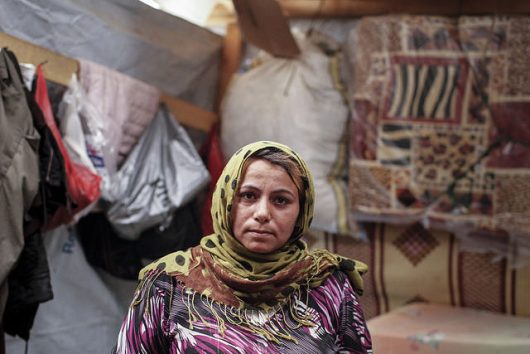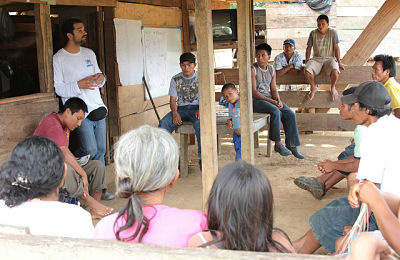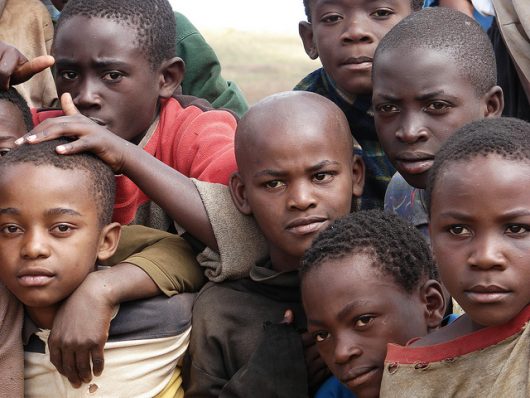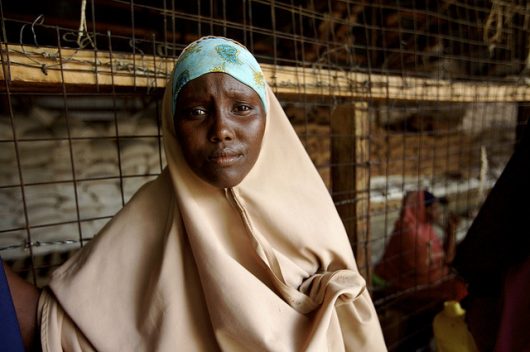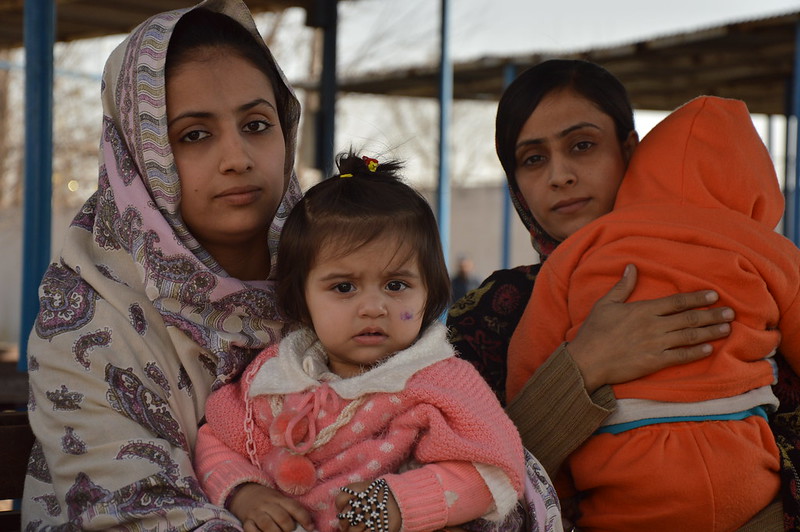 Norway is a country in Northern Europe that is home to about 5,196,000 people. It is not part of the European Union because of its strong economy. With the recent influx of refugees to Europe, Norway had to determine how to manage those coming into the country.
Norway is a country in Northern Europe that is home to about 5,196,000 people. It is not part of the European Union because of its strong economy. With the recent influx of refugees to Europe, Norway had to determine how to manage those coming into the country.
10 Facts About Refugees in Norway
- Out of all the countries that make up Scandinavia (Norway, Sweden, Denmark, Finland and Iceland), Norway has a stricter approach when it comes to accepting refugees. Norway attempted to pose limitations in several ways to thin the flow of refugees to the country.
- Some measures the government took to decrease the amount of refugees include deporting those who are deemed a threat to security, and building a steel fence to stop refugees from crossing the border.
- In 2015, Norway experienced a large increase in asylum-seekers. More than 30,000 refugees came to Norway, and more than half of them were Syrian. Norway refugees also consist of Iraqis, Afghans, Sudanese, Somalis and Eritreans. Currently, refugees represent 3.6 percent of the Norwegian population.
- Since 2016, Norway is building a steel fence at the Arctic border with Russia to keep out refugees. In 2015, 5,500 refugees used this border in order to cross over into Norway. The border fence will be 660 feet long and 11 feet high. The border fence was met with criticism from refugees’ rights groups, and it reflects the tension that exists between asylum-seekers and members of the Norwegian population.
- To get to Norway through the Arctic border, people seeking refuge used a legal loophole. Russian border police do not permit people to cross the border while walking, and Norwegian border police do not allow cars to come through unless the driver has proper paper identification. Therefore, refugees made the crossing by riding bicycles. Refugees who used this loophole are under threat of deportation.
- Norway refugees typically arrive through two methods: crossing the Mediterranean by boat or going through Russia.
- After the shocking amount of refugees that Norway received in 2015, it developed more stringent controls on their borders and ID checks. Norway also offered $2,300 to refugees who choose to return to their own countries. This made the number of asylum seekers in Norway drop by 95 percent.
- Refugees entering the country are required to take “culture coding classes.” If they do not attend these classes, their benefits are cut. These classes were set up after there were a number of rapes committed by refugees. The classes focus on topics like gender, consent, communicating with the opposite sex, boundaries, domestic violence and what to do if you witness a sexual assault. Although these classes were criticized for stigmatizing refugees, many refugees appear to react positively to the classes, seeing them as a way to ease their integration into Norwegian society and better understand the different cultural norms.
- Despite Norway’s restrictions on asylum seekers, the country is very generous with the aid it provides to the United Nations High Commissioner for Refugees (UNHCR). In fact, in 2016, it became the UNHCR’s largest donor per capita and the seventh largest donor among all countries. Norway also is the fourth largest donor of non-earmarked support.
- Norway strongly invests in UNHCR’s education programs for refugee children and in resettlement programs.
– Anna Gargiulo
Photo: Flickr
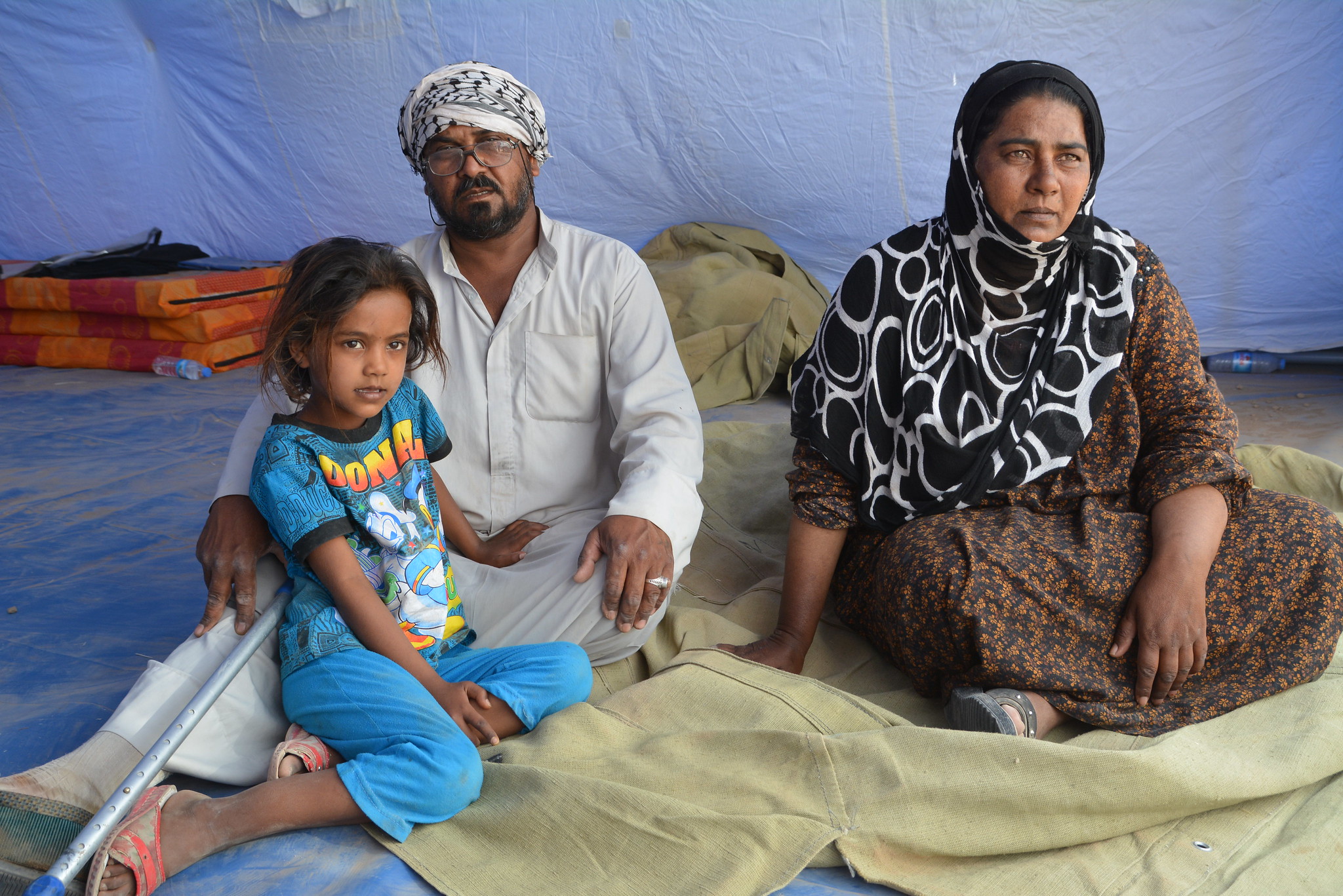 As Mosul, Iraq slowly slips from the grasp of ISIS, civilians are fleeing the city and being evacuated in large numbers. Refugee agencies estimate that
As Mosul, Iraq slowly slips from the grasp of ISIS, civilians are fleeing the city and being evacuated in large numbers. Refugee agencies estimate that 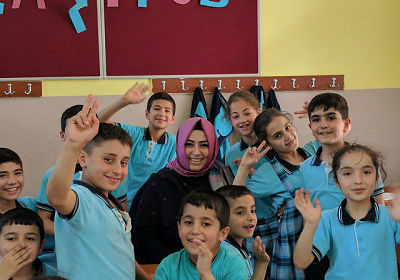 In March 2017, the European Union (EU) and United International Children’s Emergency Fund (
In March 2017, the European Union (EU) and United International Children’s Emergency Fund ( Guinea is a West African country, located south of Guinea-Bissau. The nation has a long history of helping others escape persecution. For example, it has taken in thousands of refugees from Sierra Leone. However, Guinea refugees are both incoming and outgoing: the nation takes in thousands, but thousands are also leaving.
Guinea is a West African country, located south of Guinea-Bissau. The nation has a long history of helping others escape persecution. For example, it has taken in thousands of refugees from Sierra Leone. However, Guinea refugees are both incoming and outgoing: the nation takes in thousands, but thousands are also leaving.